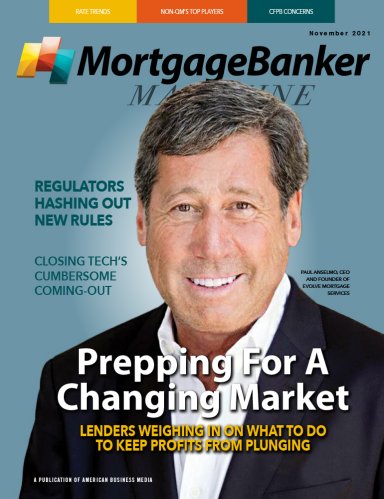Another source of income is in the sales execution of the mortgage, or pools of mortgages, aka “Gain on Sale.” After closing on different types of mortgages, lenders will group together loans into mortgage-backed securities (MBS) and sell them for a profit to pension funds, insurance companies, money managers, and even the Federal Reserve. This frees up money to pay down the warehouse line and for the lenders to extend additional mortgages and earn more income. Capital markets staffs should become well-versed in best execution models, specified pool sales (“spec pools”), finding reliable, well-priced jumbo and/or non-QM outlets. Companies should also do their best to limit pricing concessions and free extensions, or at least track them to identify dollar amounts and sources.
Lenders may continue to earn revenue by servicing the loans they sell. If the whole loan or MBS purchasers are unable to process mortgage payments and handle administrative tasks involved with loan servicing, the lenders may perform those tasks for a small percentage of the mortgage value or a predetermined fee.
Cost Containment
Moving to the expense side of the income statement, lenders’ largest expense is typically salaries, commissions, and benefits. Direct loan production costs come next, followed by marketing, travel, and entertainment. Costs to service the servicing portfolio are included, if the company is servicing, as are general and administrative expenses.
So the areas of cutting costs is somewhat limited, especially when producers, whether they are retail loan officers or TPO account executives, are held in high regard. Travel and entertainment budgets are often targeted, although marketing is often increased in an attempt to gain market share. Companies should try to improve efficiency, or the amount of “friction” between application and funding & servicing. How productive are processors, underwriters, doc drawers, and funders? Certain tasks are outsourced to lower cost providers.
Originators are encouraged to improve their sales, retention, and referral techniques. As an analogy, if you buy a Ferrari, you’re not going to forget what kind of car you own. But the same brand identity doesn’t exist with mortgages. Most people who financed their home don’t know the individual or company they used. Recognition is even worse when they obtained the loan through a mortgage broker, who in turn placed it with a mortgage banker, who then sold it to an aggregator, and who may use a subservicer! How does the borrower remember you? Any loan officer building their brand and marketing to their previous clientele for refinances should keep this in mind.
Loan originators, whether brokers or loan officers, will tell you that a person’s habits do not change simply because a credit card was paid off through a cash-out refinance. In fact, the sight of a $0.00 balance on a credit card may tell a borrower that there is room to spend money using credit again. Top LOs are constantly in front of previous clients, reminding them who they are and of their product offerings.
Lenders earn income in a limited number of ways, and they spend money in a limited number of ways. Running an efficient operation is not rocket science, but it does take knowledge, discipline, and a lack of fear of making wise, yet occasionally difficult, decisions in the face of diminishing margins and production volume. The industry has been through business cycles before, and will go through them again. “Hope is not a strategy!”












